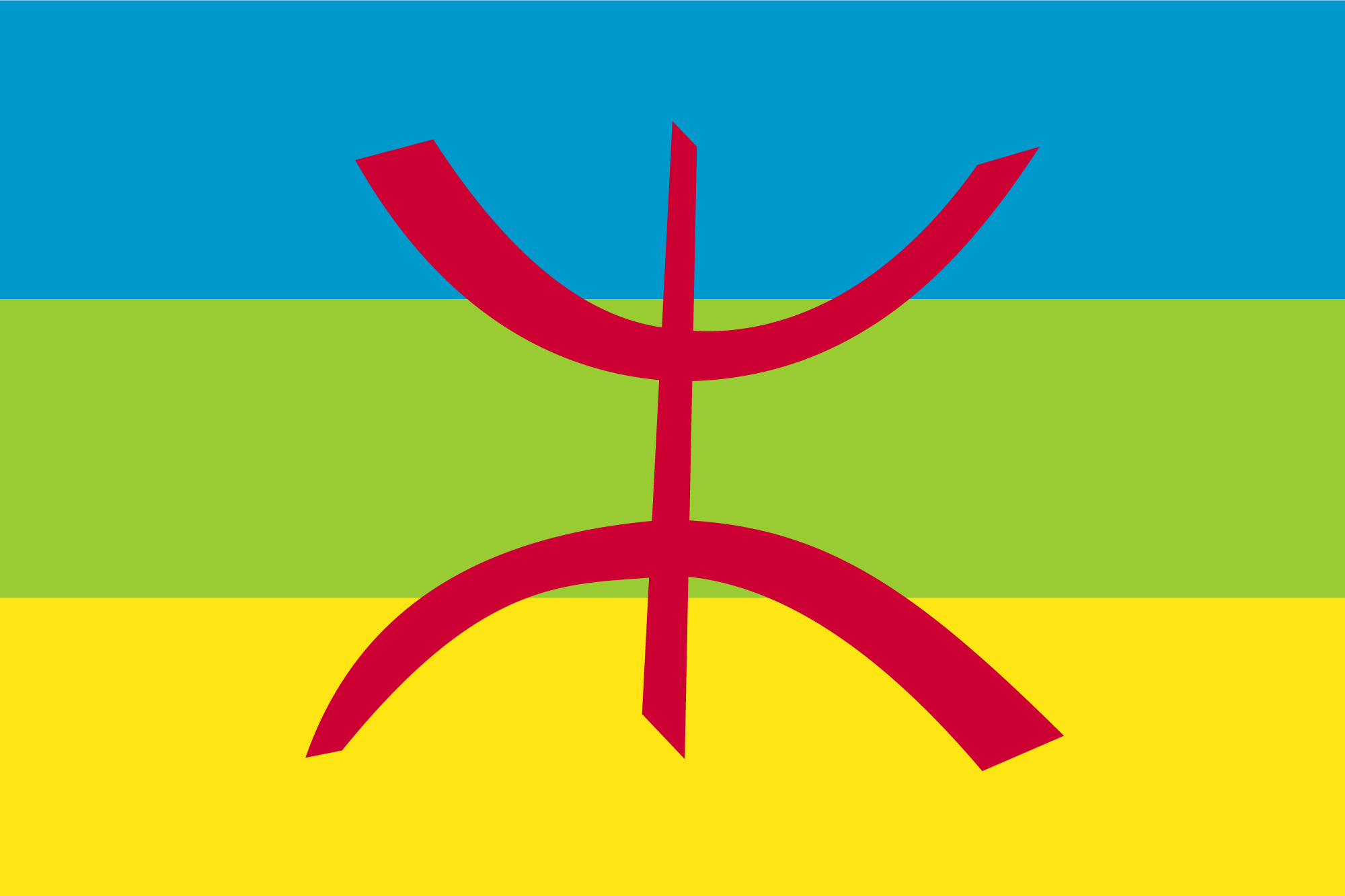To understand the culture of Morocco, it is important to know its people.
The Amazigh or Berber people are the true indigenous people of North African countries and the majority of their populations reside in Morocco and Algeria. Many historians believe the Amazigh first came to Morocco during the second or third millennium having migrated from the near Middle East. Much of their people’s history and belief systems were preserved through oral tradition, in songs and poetry.
Amazigh means “free people” in Tuareg. It was the Romans who gave the Amazigh the name “Berber” meaning “barbarian”. Still today, the name of these people is controversial and many Amazigh reject the term “Berber” and wish to be called by their name of origin.
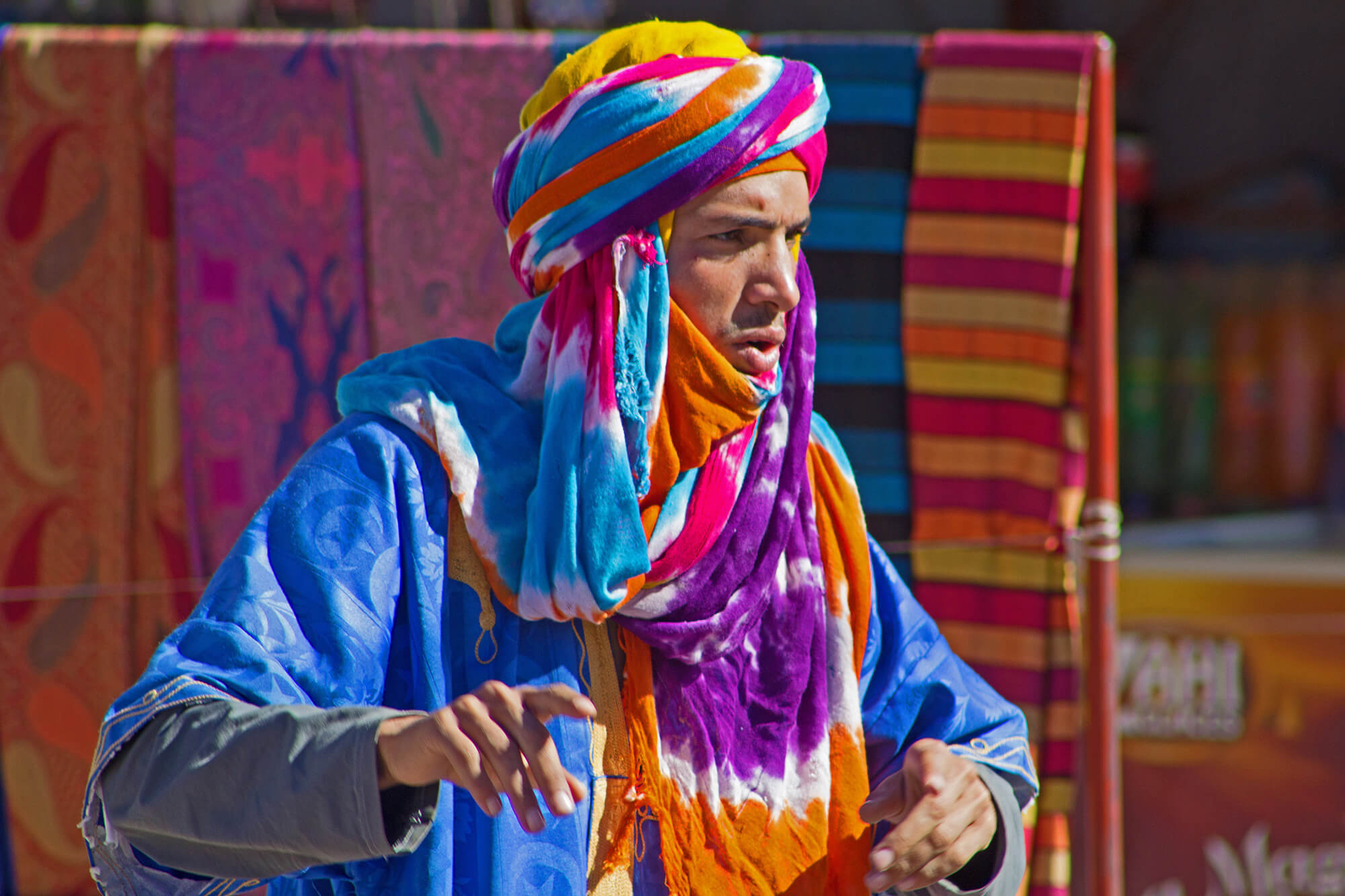
For centuries, the Amazigh resisted countless invasions and when the Arab Muslims conquered North Africa, the Amazigh withdrew deep into the mountains or the deserts in Morocco refusing to be colonized. They are strong and resilient people who have managed to preserve their culture and identity. Today, the Amazigh make up half of Morocco’s total population. As you learn more about the Amazigh you will also learn more facts about Morocco culture.
Amazigh Tribes in Morocco
There are well over a hundred different Amazigh tribes and tribal groups that inhabit different regions throughout Morocco. The three dominant groups in Morocco are the Riffians, the Zayanes, and the Cheluh/Shilhah. Each tribe has its own unique customs and cultural practices.
The Riffians live in the northern region and speak a dialect called tarafit. They are the smallest Amazigh population in the country and are famous for their bravery and courage as warriors. They live an agricultural lifestyle.
The Zayanes live in the Middle Atlas in the region known as Khenifra. They speak the tazayit dialect that varies from region to region.
The Cheluh/Shilhah are of the southern Atlas, around Souss Valley and the Anti-Atlas Mountains. They are the largest Amazigh tribe in Morocco. They speak the tashlheit dialect that has been used in many popular Amazigh films. Some of these tribal groups are still semi-nomadic. This tribe is also known for performing traditional Amazigh music and dances.
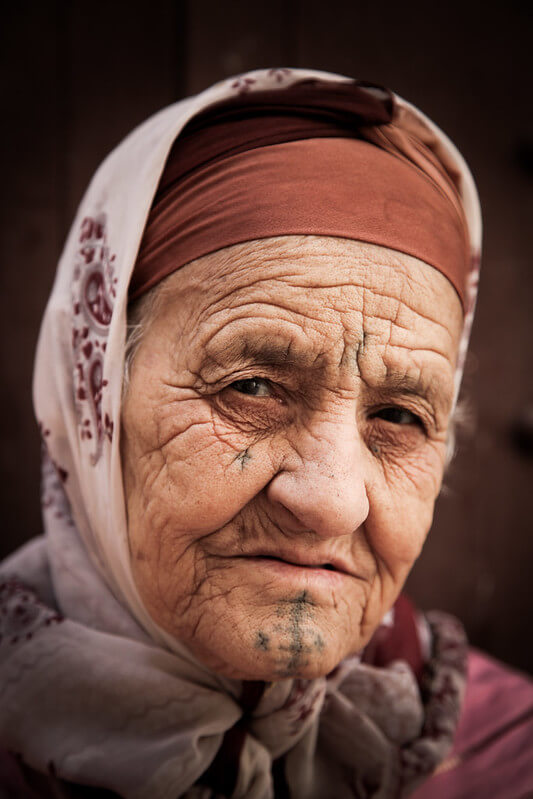
Language
The Amazigh language is spoken by a large majority of Amazigh living in Morocco. There are six major dialects of the language and of these, three are spoken primarily in Morocco: tarafit, tazayit and tashelhit.
In 2011, the Amazigh language became recognized as an official language of Morocco and is now being taught in schools around the country. A new written language was formed with a completely new alphabet known as tifinagh.
Religion
The earliest Amazigh tribes believed and practiced animism, the belief that all living things including plants and animals have a soul and spirit, that everything is connected. The invasion of the Arabs in the 7th century forced many Amazigh to convert to Islam. Over the centuries, the Amazigh tribes have adopted different beliefs and religious systems. Many Amazigh practiced Judaism and Christianity. Today, a great majority of Amazigh are Sunni Muslims.
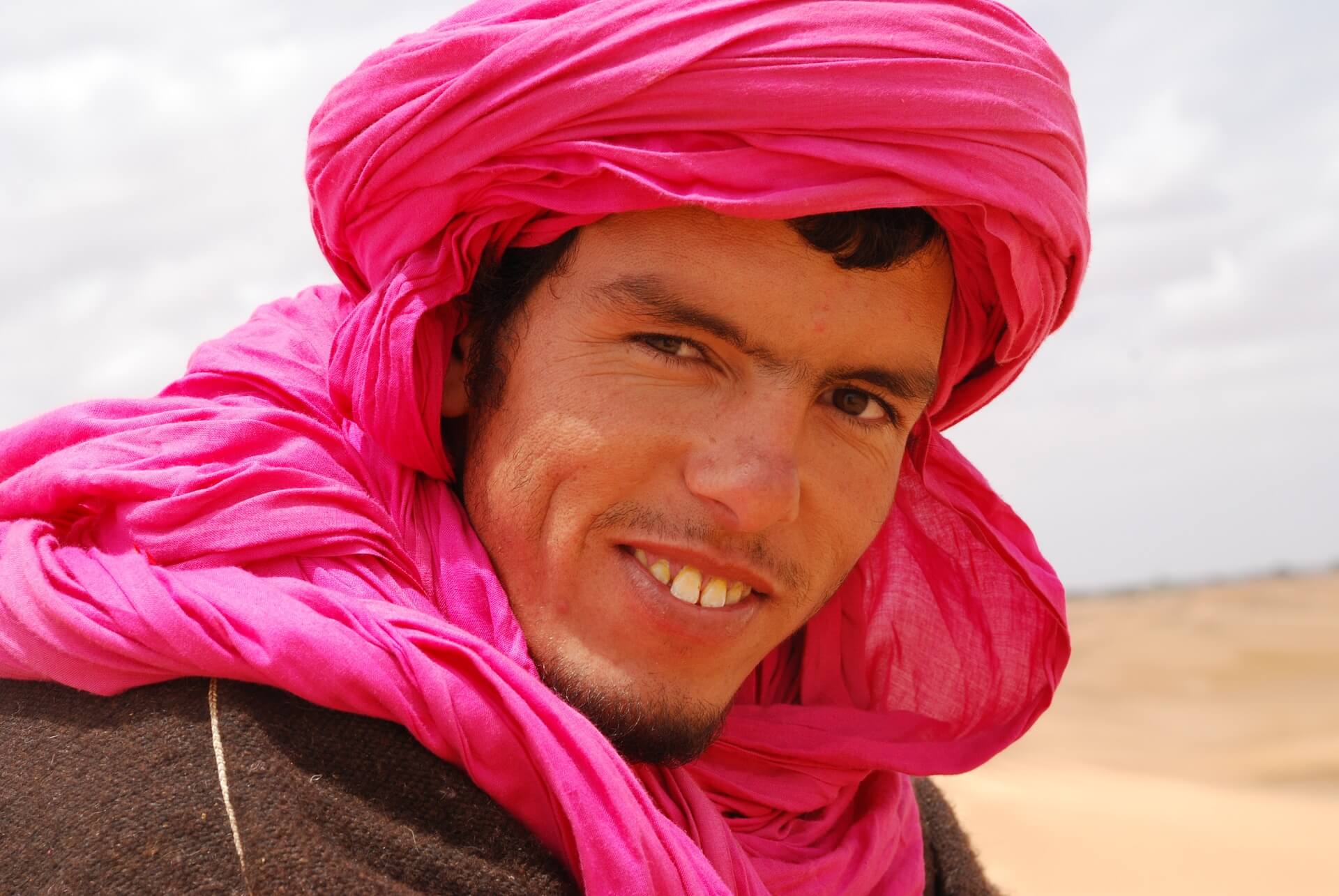
Culture and Customs
Steeped in tradition, Amazigh culture and customs vary from group to group. Despite their differences, what ties them together are their shared values. The three main values being the importance of kinship (tribal solidarity), connection to the land, and their language as a source of identity.
A large majority of Amazigh still live in remote mountain villages without modern-day conveniences like electricity and running water. Many families survive by raising livestock and agriculture. Most Amazigh continue to travel by donkey using the animal to transport goods. Men are responsible for transporting and selling livestock at the local markets while women manage the house.
Amazigh Women in Morocco
Amazigh women are an integral part of tribal societies. Historically, the Amazigh placed emphasis on the matriarch and strong female leadership roles. Among the tribes, the most widely known figure was Dhabba Kahena, the ancestral queen mother of the Amazigh.
Today, women are still holding down the fort and are responsible for taking care of the household. They do the cooking, cleaning, tending to the animals and milking the goats, fetching water, collect wood for the cooking and take care of the children.
Amazigh women have greatly contributed to their tribal economy by weaving textiles and creating pottery. These creative endeavors have also provided independence for widows enabling them to earn a living.
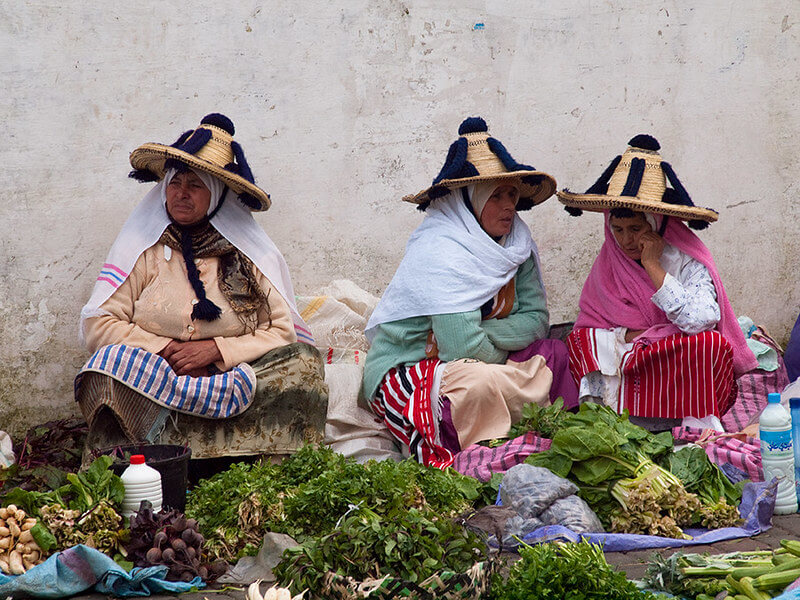
Art and Music
The Amazigh are spectacular artisans who make everything by hand; they weave their stories into rugs and create beautiful textiles such as blankets and shawls. They dye and spin their own wool, and embroider their clothing with colorful, intricate designs.
Amazigh women decorate their hands and feet with henna art. Historically, many Amazigh women had tattoos, but in Islam, it is forbidden so over the years, tattooing has become nearly extinct. They also make pottery to be used for cooking, storage, and decoration.
Music is also an important part of the Amazigh culture. Music is played during celebrations and festivals, the most popular instruments being ginbri or loutar, a fretless, plucked lute with three strings found mostly in the Middle Atlas Region. A bendir is a snare frame drum. A tende is a drum made with mortar and pestle. The Qaraqib is a large metal castanet.
Popular Amazigh musicians are Ammouri Mbarek, Najat Aatabou and Jubantouja, a modern Amazigh rock band.
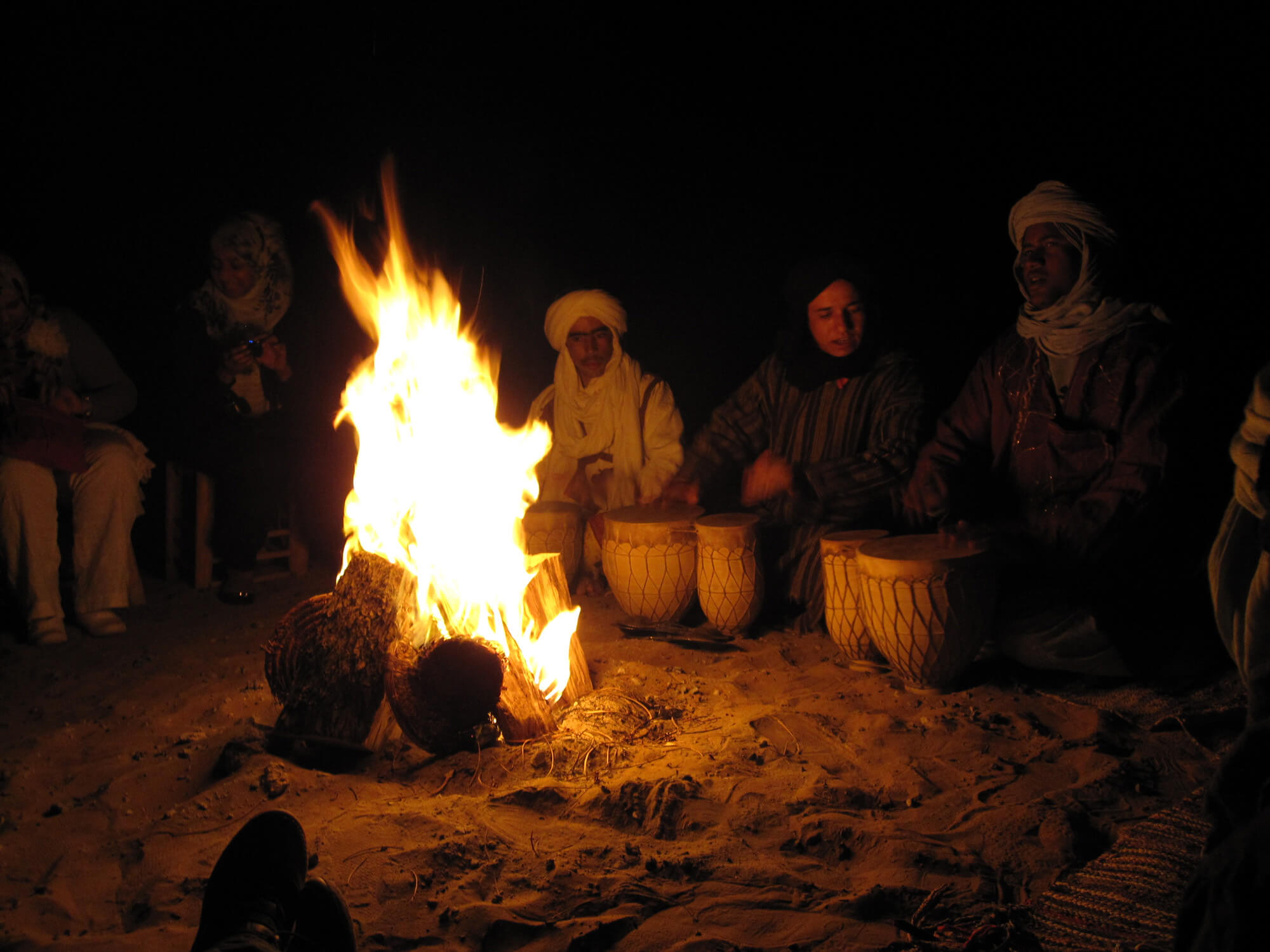
Today’s Challenges for the Amazigh
Nowadays, the Amazigh are fighting for the recognition and preservation of their cultural identity. Many Amazigh activists are directing their energy towards issues of land rights, exploitation of natural resources, sovereignty, and discrimination.
Until recently, the Amazigh people have fought to have the teaching of their language, Tamazight, in schools across Morocco, and in 2016 this was achieved. Now, future generations will learn their language of origin and continue to help preserve their cultural heritage.
In recent years, the Amazigh flag has become more visible along with Amazigh radio programs and films. Many activists are still working to gain recognition and acceptance into modern Moroccan society.
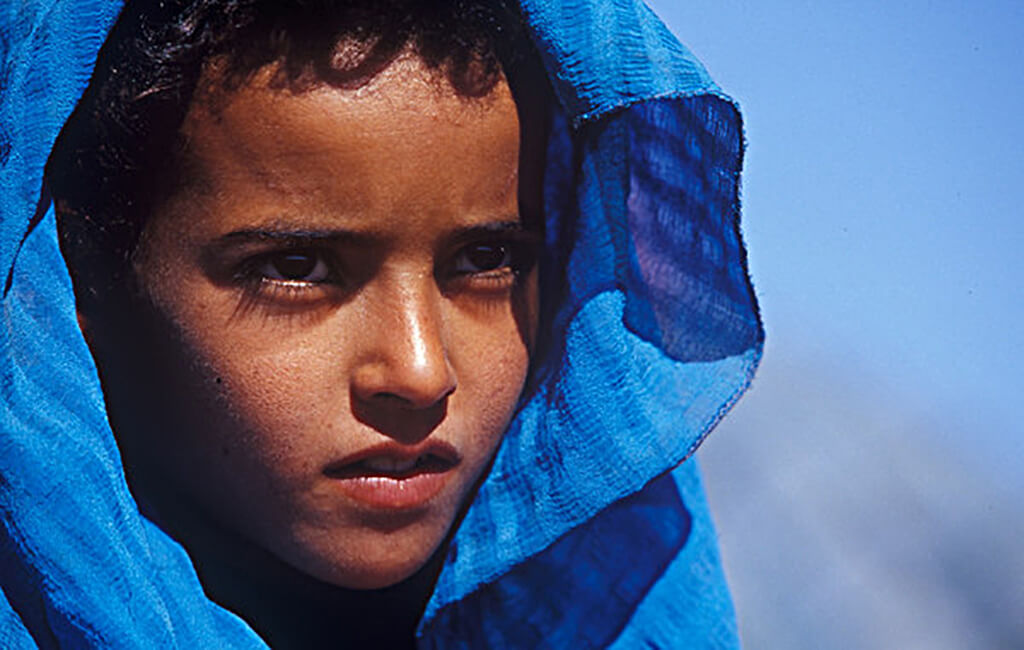
Despite centuries of challenges and hardships, the Amazigh have managed to preserve their cultural heritage and identity.
The Amazigh continue to endure their independence and remain a significant part of the history and culture of Morocco.
